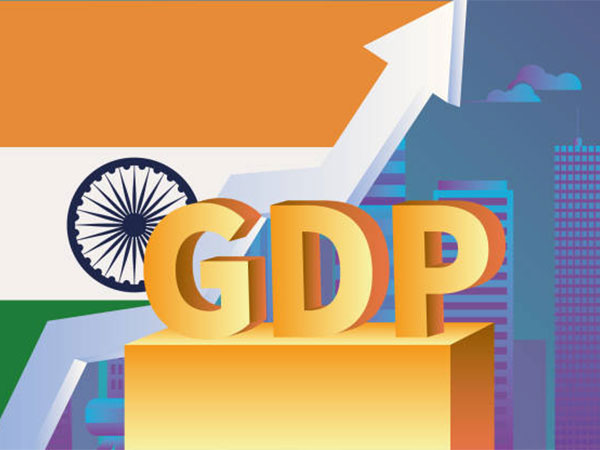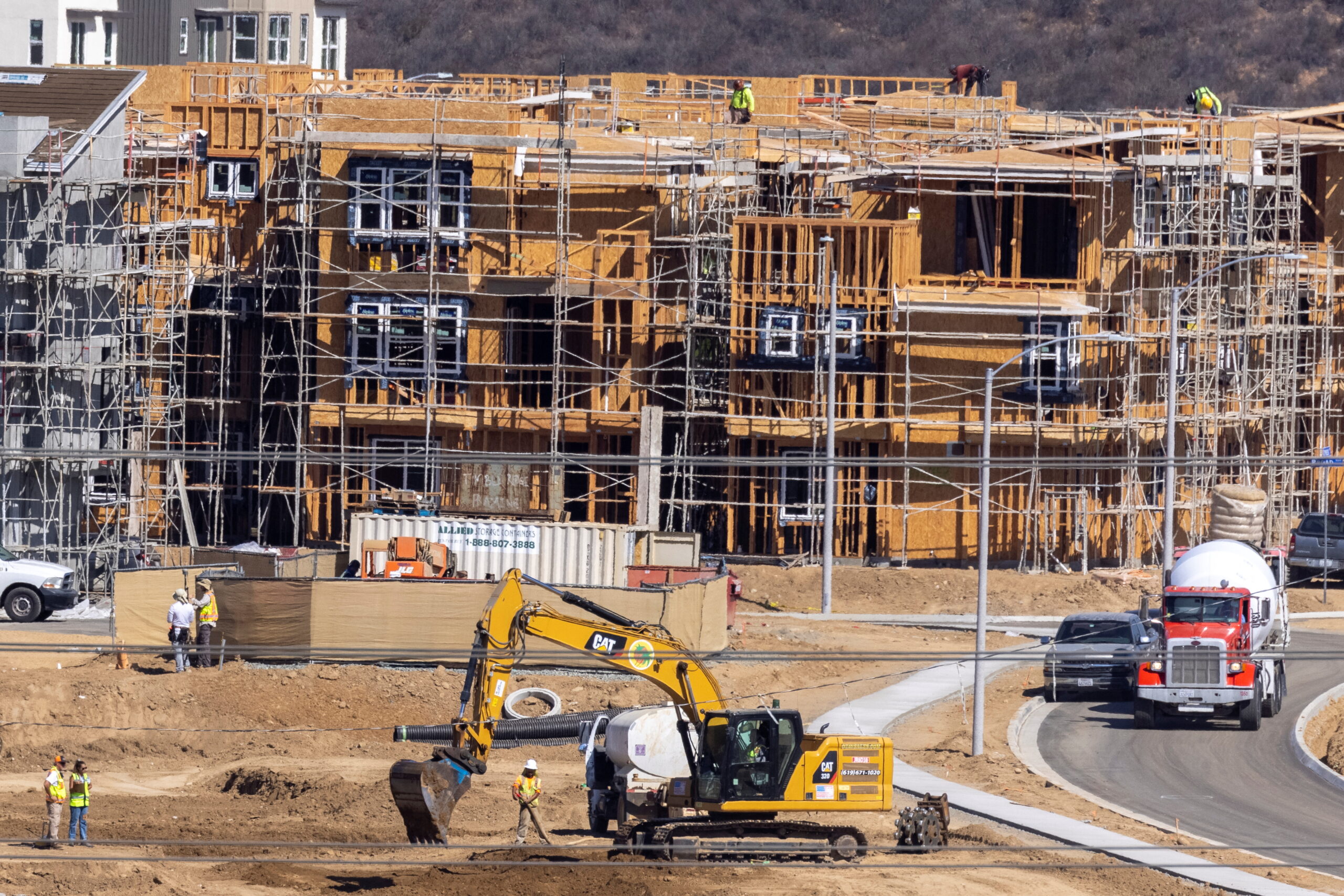GDP growth exceeded forecasts, driven by increased tax revenue and expansion in industries like manufacturing, construction, and services.
What caused the GDP increase by 8.2% in FY24?
India’s 8.2% GDP growth rate for 2023–2024 above all predictions, even the government’s own. This was due to increased tax revenue as well as expansion in industries including manufacturing, construction, and services.
The total value of goods and services generated by the nation, or real GDP (when adjusted for inflation as instead of small inflation), is estimated to have reached Rs 173.82 lakh crore in 2023–24, up from Rs 160.71 lakh crore in 2022–23, when GDP growth was 7% over the previous fiscal year. Real GDP is regarded as a major indicator of a country’s growth.
With a growth rate of 9.6%, nominal GDP, or GDP at current prices, is expected to reach a level of Rs 295.36 lakh crore in 2023–24 compared to Rs 269.50 lakh crore in 2022–23. In contrast, real GDP increased 7.8% in Q4 of 2023–24 to Rs 47.24 lakh crore from Rs 43.84 lakh crore in Q4 of 2022–23.
What causes were behind the GDP growth? According to a study from the Bank of Baroda (BoB), one has been the significant growth in net taxes by 19%, which is caused by a combination of higher tax collections and lower subsidy payout. Gross Value Added (GVA) increased by 7.2% throughout the course of the year. Therefore, the 1% growth difference between GVA and GDP can be attributed to the growth in net taxes. According to the study, there was a 1.5% change for Q4.

While GDP is evaluated at purchasers’ prices, GVA is measured at basic (or producers’) costs and includes all taxes minus subsidies.
The research also stated that low inflation deflators, where WPI (wholesale price inflation), which is one source, has been extremely low, can be blamed for the small difference between the nominal and real GDP growth figures.
According to Madan Sabnavis, chief economist of BoB, “agriculture has grown by 1.4% in GVA, which is positive, given that the monsoon was sub-normal and the kharif and rabi crops were affected.”
The 7.1% growth in mining is consistent with increased business activity. A similar trend was observed in the growth of electricity, which increased by 7.5%. With a 9.9% reversal, the manufacturing sector is outstanding. There are two things going on here. The negative base effect comes first. The second is that the value added figures have increased due to the companies’ improved profitability, according to Sabnavis.
Building saw a 9.9% growth spurt, which reflected in the housing and transportation sectors’ strong performance. Growth exceeded 9.4% in the previous year. The services industry was also doing well. The 6.4% growth in trade, lodging, and transportation is underestimated because of a larger base effect of
Pent-up demand, however, did cause an uptick in hotels, relaxation, and tourism. This increase was also fueled by higher revenues for businesses in the hospitality industry. The report stated that the financial industry increased by 8.4% and was still doing well. This bounce was further enhanced by the strong expansion in deposits and credit that the banking industry saw last year. BoB projects that GDP growth in FY25 will range from 7.3 to 7.4%, with the base effect limiting the growth.

According to a study report from Care Ratings, the weak growth of 1.4% in the agricultural sector in FY24 is expected given the bad monsoon. According to the report, “the growth in FY24 was supported on the expenditure side by a sharp rise in gross fixed capital formation, led by public capital expenditure.”
With the exception of the decrease during the pandemic year of FY21, private consumption growth in FY24 increased by just 4%, the lowest pace in the previous 20 years. Care Ratings projects GDP growth of roughly 7% for FY25.



